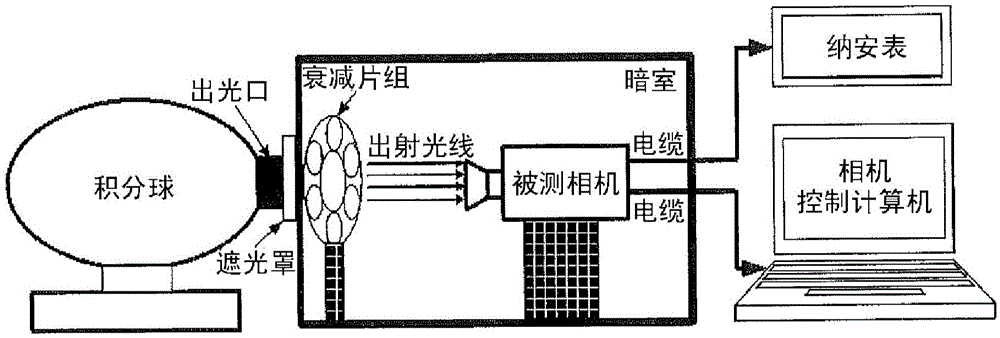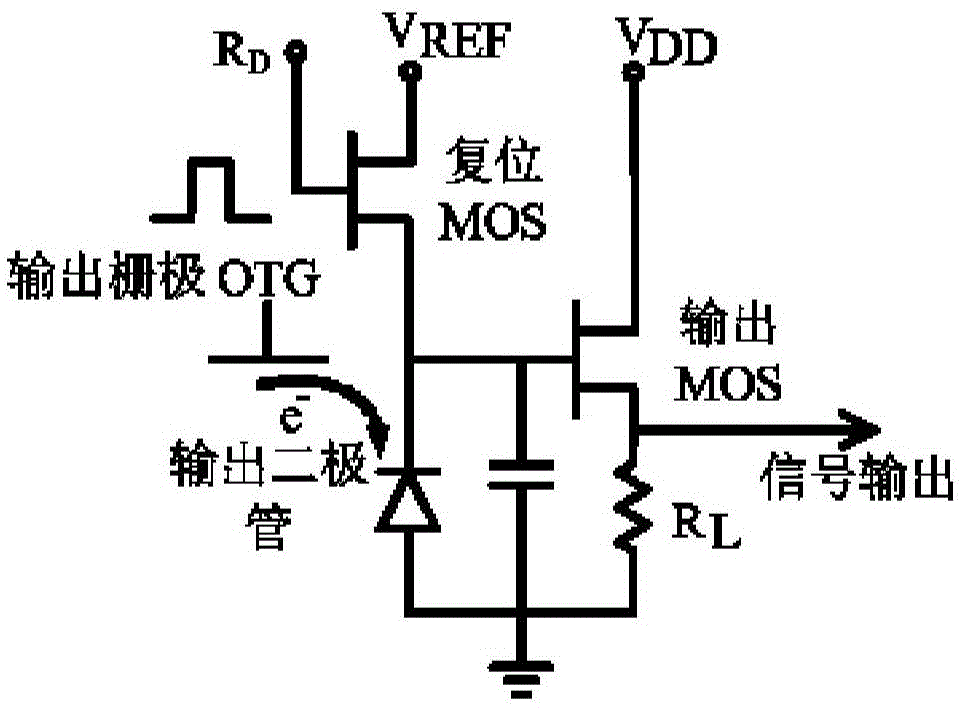A method for measuring the electronic gain multiple of a charge-coupled device
A charge-coupled device and electronic gain technology, applied in the testing of a single semiconductor device, etc., can solve the problems of inaccurate measurement results, non-consideration of non-linear characteristics of sense amplifiers, read-out noise errors, and measurement errors. The effect of improving measurement accuracy
- Summary
- Abstract
- Description
- Claims
- Application Information
AI Technical Summary
Problems solved by technology
Method used
Image
Examples
Embodiment Construction
[0018] In order to make the object, technical solution and advantages of the present invention clearer, the present invention will be described in further detail below in conjunction with specific embodiments and with reference to the accompanying drawings.
[0019] figure 1 It shows a method for measuring the electronic gain multiple of a charge-coupled device of the present invention, which uses an electronic multiplying charge-coupled device composed of an integrating sphere, a light shield, an attenuation film group, a measured camera, a darkroom, a camera control computer, and a nanoampere meter. The electronic gain multiplier measuring device measures the electronic multiplication charge coupled device.
[0020] The present invention is aimed at the embodiment of charge-coupled device (CCD), and described charge-coupled device is the area array charge-coupled device, those skilled in the art can realize the electronic gain related to any area array charge-coupled device ...
PUM
 Login to View More
Login to View More Abstract
Description
Claims
Application Information
 Login to View More
Login to View More - R&D
- Intellectual Property
- Life Sciences
- Materials
- Tech Scout
- Unparalleled Data Quality
- Higher Quality Content
- 60% Fewer Hallucinations
Browse by: Latest US Patents, China's latest patents, Technical Efficacy Thesaurus, Application Domain, Technology Topic, Popular Technical Reports.
© 2025 PatSnap. All rights reserved.Legal|Privacy policy|Modern Slavery Act Transparency Statement|Sitemap|About US| Contact US: help@patsnap.com



